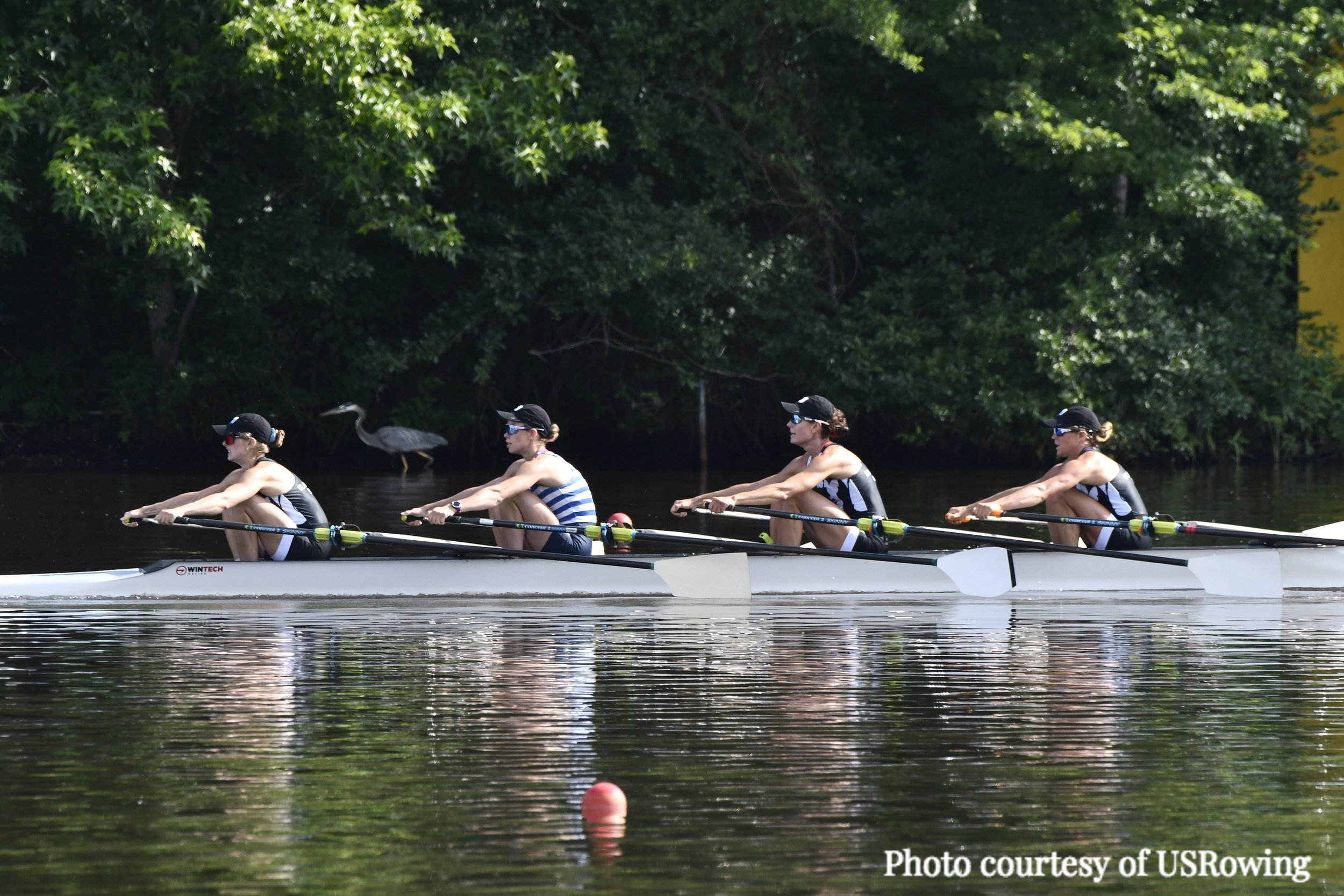By the mid-1980s, President Jim Hanley and coach/club manager Doug Clark’s transformation of Riverside Boat Club from a moribund men’s sculling club to an ambitious, growing, mixed-gender, multi-discipline rowing organization was well underway. Its coaching, its commitment to excellent rowing, and its leadership’s support attracted elite women who became some of its most prominent rowers. Molly (Hoyle) Haskell had come to Boston to compete for a national team boat at United States Rowing’s Boston Rowing Center at Weld Boathouse. Discouraged at BRC but encouraged by Clark, Hanley, van Dusen and others, in 1985 she joined the club’s summer program and, in her words, “found a home at Riverside”.
1985 proved to be Riverside women’s breakthrough year. They raced and medaled at local and regional sprint races from New England to Philadelphia, including the Bay State Games, which the club hosted, and its own Riverside Sprints and Cromwell Cup. Clark, who invited Canadian rower Susan Gwen-Timothy to train at the club, took a large contingent of Riverside women to the Canadian Henley. Competing in singles, doubles and the quad, each of his scullers placed in the top three in her event. Among them, Carey Beth (C. B.) Sands, another future United States Rowing Hall of Fame member, won the junior and senior lightweight women’s single, she and Ruth Kennedy won in the junior and senior lightweight double and quad, while Izzie Gordon, Deb Fine, Maria Lane, and Mary Anczarski placed second in the quad. Their accomplishments began a long run of Riverside sweep and sculling success at the Henley. With women contributing, in the fall the club defeated Harvard to win the Head of the Charles points trophy, the first club to do so.
With success like this, in 1986 the club voted to go it alone when Northeastern left for its new boathouse. In preparation, it initiated three comprehensive planning programs, including a Strategic Planning Committee that included Molly Hoyle and Anna Jones. The committee put proposed three alternative growth scenarios based on alternative philosophies, total membership sizes and proportions of competitive versus recreational rowers. At that point, Riverside had 157 rowing members, 33 percent of whom were classified as competitive and 67 percent as recreational. The board endorsed the scenario based on the current ratio of member types.
Clark returned to Canada, where he joined its national women’s rowing team coaching staff, in 1986, but the cadre of women now rowing at Riverside sustained the standard of excellence he had set. Over the next five years, three of Riverside’s five United States team members were women. Sands, rowing with New Haven’s Chris Ernst, won the lightweight double sculls event at the 1986 Rowing World Championships in Nottingham, England, the first gold won by United States women scullers. They finished third in 1987. The contribution of Riverside’a women enabled the club to finish second in the 1986 Head of the Charles points trophy behind Harvard and win it again in 1987 and 1988. The club added coaches Jeanne Flanagan, another Hall of Fame member, and Cecily Keifer in 1989. Sands, now rowing with Kris Karlson, coached by Ginny Gilder and rowing in Lynn and Charley Osborn’s Van Dusen, again won the World Championships lightweight women’s double in Bled, Yugoslavia, while Molly Hoyle raced in the open weight double. Riverside’s women were third In 1989 Head of the Charles, while its men were first.
Building on the momentum they had established in the 80s, Riverside women prospered on the water and continued to contribute to its leadership into the 90s. Cindy Ryder won gold in the single and Molly Hoyle and Linda Muri, yet another future Hall of Fame member, won silver in the double at the 1991 Pan Am games in Havana. 1992 was a banner year. The club added a quad development camp to its summer programs. Its women placed in every event at the nationals, including winning the quad, as well as winning the senior pair and the senior coxed four won in Canada. Cindy and Mary Mazzio returned Riverside to the Olympic stage as the U.S. women’s double in Barcelona. She was the United States women’s single sculler in 1993. Patricia Belden and J. Belantoni were the United States lightweight double in the 1993 World University Games. Augmenting the club’s support for its women athletes, in 1992 President Jim Ames hired Simmons Colleges coach Nikolay Kurmakov to train its lightweight women sweep rowers.
Meanwhile, women hoping to make themselves good club-level rowers like Betsy Walkerman and Tanya Treml were joining Riverside and becoming integral members of its family and contributors to its operations. As Jim Hanley, Jamie Ames, the Osborns and Jim Tapscott worked to put a budget model in place that would accommodate the club’s expanding programs, Betsy, a business woman as well as an avid athlete, not only proved to be a solid masters lightweight but, with Charley Osborn, developed the five year boat replacement plan that continues with modifications today. Tanya, another woman who joined as a recreational rower, quietly involved herself in club affairs and was rewarded with election to the board. Supported by Hanley, Ames and Tapscott, Lisa Kunze, on the verge of applying to medical school, was appointed by the board to be Riverside’s first female captain in 1992. She standardized the captain’s tests and organized boat maintenance to make members more responsible for the equipment they used. Since the club did not have a rigger, she took on the work as well as boathouse upgrades until Linda Muri was formally hired as its first salaried rigger. Lisa, who had trained at Boston Rowing Club, won the Head of the Charles masters single event in 1994.
Women’s growing leadership at Riverside culminated in 1996 when the membership elected its first woman president, Maura Conron. Maura launched a capital campaign to raise $50,000, enabling the club to replace the deteriorated ramps to its dock. When its connection to the Metropolitan District Commission’s sewer system failed, Patricia Belden took on the project of building a new line. During Maura’s tenure, Riverside restored its Lightweight Development Camp, which had been its signature men’s program but had fallen off in 1996. The club’s membership surged to 167, of which sixty percent were men and forty percent women. In addition, Maura coached Brookline High School to great success, its men’s first varsity and all three of its women’ boats winning in the 1996 Quinsigamond Championships. One of her BHS rowers, Laura Larsen Strecker, went on to row at Radcliffe, won gold in the eight at the 2008 World Rowing Under 23 Championships and made the senior team in 2009.
In 1997, Riverside women won one open event and medaled in all ten lightweight national championship events. Kate Ackermann rowed in the U.S. quad at the World Championships in Aiguebelette, France as well as the World Games in 1998. Since the club did not yet have a year-round elite training program, four or five of its lightweight women, including Marika Page, trained during the winter with Richard Branch at MIT. The following summer, the club added lightweight women to its camp program, which continued in 1999 under the coaching of Dave O’Neill until he left to become head women’s coach at the University of California. At the same time, the club continued to increase its membership by expanding its year-round programs. Nik Kurmakov took charge of women’s club and masters’ sweep rowing in 1997. Twenty-three rowers, including Caro-Gray Bosca and Kate Sullivan, moved as a body from Community Rowing to form the foundation of the program, which produced multiple Head of the Charles and national championship wins. Competition to join the women’s sweep team was fierce. By 1999, it had thirty-two participants and ten on the waiting list. The club’s total membership rose to 217. It added another dimension that year when it welcomed Nik’s Simmons College crew to row from the club.
This post is the second of a three-part series. Next month, we'll follow up with women's impact on Riverside's history from 2000-Present.
By: Dick Garver
Significant contributions were made to this article by Igor Belakovskiy, Patricia Belden, Doug Clark, Maura Conron, Helen Fremont, Molly Haskell, Molly Hamrick, Sally (Harvey) Johnston, Tom Keister, Lisa Kunze, Nik Kurmakov, Maria Lane, Kevin McDonnell, Lynn Osborn, Marika Page, and Sarah White.
Dick Garver welcomes feedback. He can be reached at richardgarver[at]gmail[dot]com






